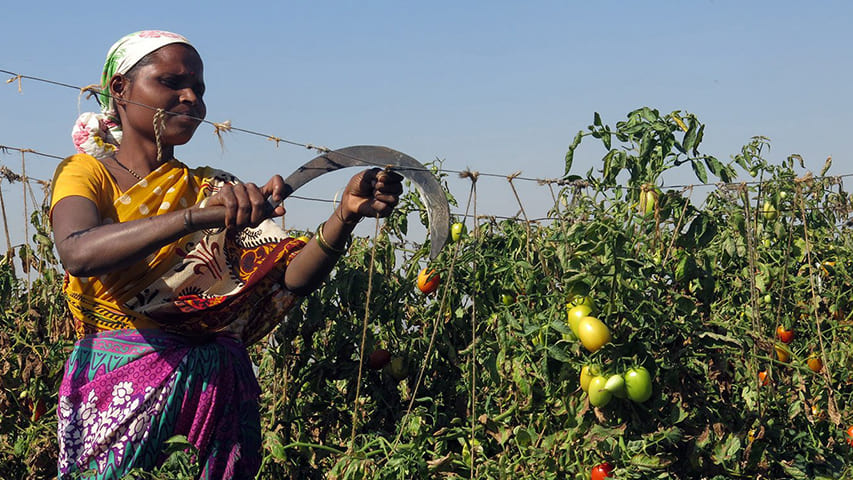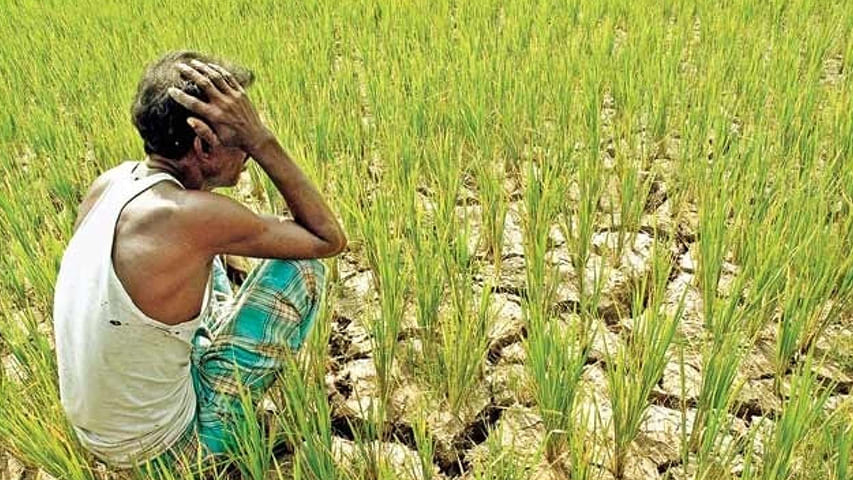
Battle for Basic Existence: The Struggles of Widows of Farmers in Maharashtra
by Yash Saboo August 3 2018, 4:59 pm Estimated Reading Time: 3 mins, 10 secsDespite taking a multi-pronged approach to improving the income and social security of farmers across India, over 12,000 suicides were reported in the agricultural sector since the year 2013. This is shocking to read, knowing the fact that more than half of India’s population is dependent on the agricultural sector. India also holds the second largest agricultural land in the world and also happens to be the second largest fruit producer in the world.
The agricultural sector also adds a gross value of US$ 274.23 billion each year. Despite these numbers, the backbone of the agricultural sector – farmers and their families – still live a life of drudgery.
In the last 20 years, more than 300,000 farmers have ended their lives, which in turn has led to what we can call an ‘agrarian crisis’.
Life of a farmer is not easy in India. Most families belonging to the agrarian community already face a plethora of problems, from education and financial stability to hygiene and water shortages. So when the male breadwinner of the house commits suicide, the responsibility of feeding the family shifts to the farmer's eldest son or in most cases, his wife. A recent study, published in the Economic and Political Weekly, analysed such a situation. The authors presented findings from a qualitative research which was conducted in Nanded, Maharashtra and where more than 50 per cent of the population is directly or indirectly dependent on agriculture with soybean and cotton being the main crops.

National Herald
The study showed that widowed women who have focused on domestic work throughout their lives suddenly have to do crop planning, seed procurement, cultivation and harvesting. Often the widowed women reported that they were left with no choice but to sell their land for a meagre price and work as paid labourers on other farms. This transition from being landowners to becoming daily wage labourers means that their income drops significantly, and they have even less time to dedicate to unpaid care and domestic work. Amongst the households that were interviewed, an average of 50% drop in income was reported by households where the female widow was forced to provide for the family.
The study found out that women also tend to become an easy prey for moneylenders, who exploit the vulnerable women to repay their husband's debt. These women, who sometimes are unable to read and write, are unaware about interest rates. This, along with the poor income situation pulls them into a vicious circle of debt. With limited funds, education expenditures must be rationed and it is often the girl children who are left to help the women in the family with unpaid care responsibilities and drop out of school, thus affecting education outcomes of the next generation.

NewsClick
Another thing that the study concluded was that the widowed women also face innumerable social stigmas. These women are never given their due as the head of the household and have to live with the reality of working in an environment which is patriarchal. Being a widow, women are also excluded from celebration rituals such as weddings. In the long run, they also fail to find a suitable bride/groom for their children. The exploitation doesn't stop here. Due to the never-ending corruption, widowed women are denied compensation amount from the government under the farmer suicide policies.
With the rising suicide rates, the need of the hour is a solution that is women-friendly, offers cash transfers to widows for supporting health, education and nutrition expenditure and facilitates the creation of support groups that work directly with family members and local governments to support families of the deceased farmer. Alongside such policy efforts, a better monitoring and evaluation of current and past schemes is needed to understand what actually works for the target population!





-173X130.jpg)
-173X130.jpg)
-173X130.jpg)
-173X130.jpg)

_(7)-173X130.jpg)
-173X130.jpg)